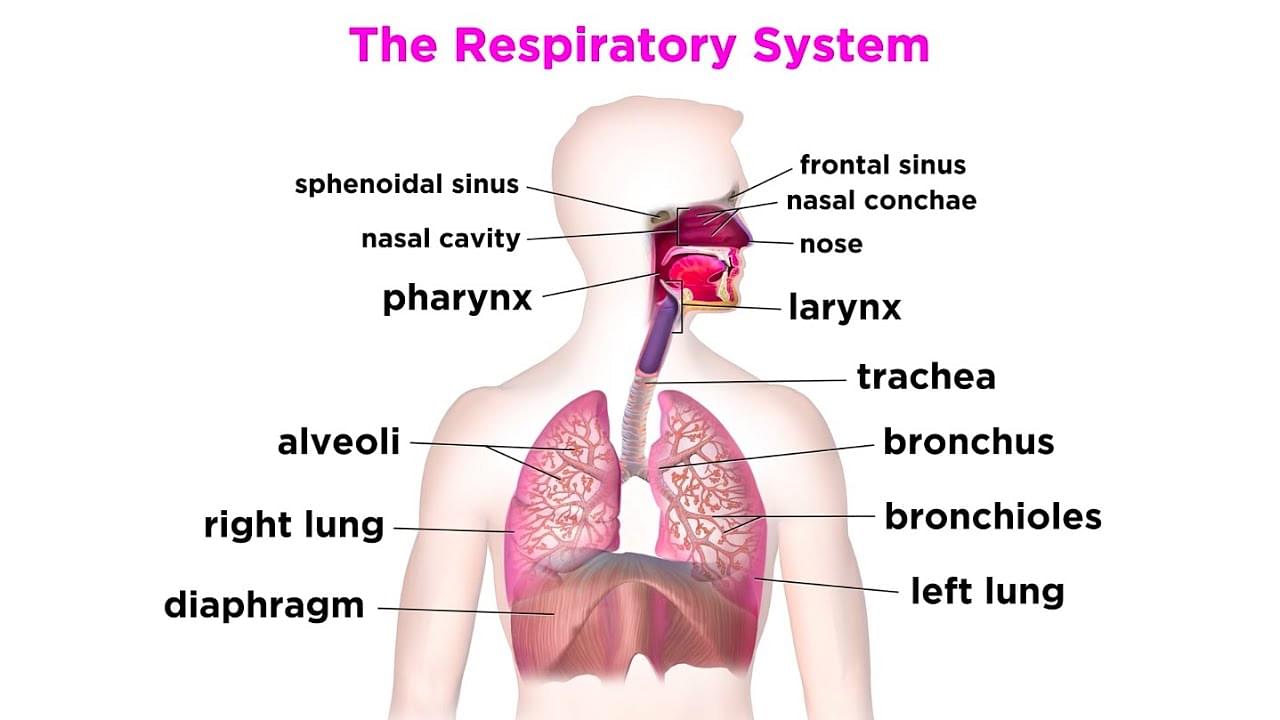Biradial symmetry and lack of cnidoblasts are the characteristics of:
- Starfish and sea anemone
- Ctenoplana and Beroe
- Aurelia and Paramecium
- Hydra and starfish
The Correct Option is B
Solution and Explanation
Ctenoplana and Beroe exhibit biradial symmetry and lack cnidoblasts. Cnidoblasts are specialized cells used by some organisms, like jellyfish, to capture prey.
So, the correct option is (B): Ctenoplana and Beroe
Top Questions on Kingdom Animalia
- Pseudopodia, flagella, and cilia are present in which phylum?
- UPCATET - 2024
- Biology
- Kingdom Animalia
- The unique mammalian characteristics are:
- NEET (UG) - 2023
- Biology
- Kingdom Animalia
- Choose among the following the characters of Ophiuroidea of phylum Echinodermata:
- AP EAPCET - 2023
- Zoology
- Kingdom Animalia
- Choose the incorrect combination among the following:
Class Character Example 1) Xiphosura Poisonous Claws Limulus 2) Arachnida Coxal Glands Scutigera 3) Crustacea Biramous appendage Sarcoptes 4) Diplopoda Gnathochilarium Spirostreptus - AP EAPCET - 2023
- Zoology
- Kingdom Animalia
- Identify the larval stages in the development of liver fluke:
- AP EAPCET - 2023
- Zoology
- Kingdom Animalia
Questions Asked in NEET exam
- Two identical point masses P and Q, suspended from two separate massless springs of spring constants \(k_1\) and \(k_2\), respectively, oscillate vertically. If their maximum velocities are the same, the ratio of the amplitude of P to the amplitude of Q is :
- NEET (UG) - 2025
- Waves and Oscillations
A sphere of radius R is cut from a larger solid sphere of radius 2R as shown in the figure. The ratio of the moment of inertia of the smaller sphere to that of the rest part of the sphere about the Y-axis is :

- NEET (UG) - 2025
- Moment Of Inertia
- A microscope has an objective of focal length \(f_o = 2\) cm and an eyepiece of focal length \(f_e = 4\) cm. The tube length of the microscope is \(L = 40\) cm. If the distance of distinct vision of eye is \(D = 25\) cm, the magnification in the microscope is:
- NEET (UG) - 2025
- Optical Instruments
AB is a part of an electrical circuit (see figure). The potential difference \(V_A - V_B\), at the instant when current \(i = 2\) A and is increasing at a rate of 1 amp/second is:

- NEET (UG) - 2025
- Electromagnetic Induction and Inductance
- Twins are born to a family that lives next door to you. The twins are a boy and a girl. Which of the following must be true?
- NEET (UG) - 2025
- Genetics
Concepts Used:
The Respiratory System
Human Respiratory System is a compound biological system of organs and tissues that helps in gaseous exchange. The system includes airways, lungs, and blood vessels. Its core function is to introduce oxygen and expel carbon dioxide from the body. The atmospheric air is continuously pumped in and out through a system of pipes which are called the conducting airways. There are a great number of muscles and blood vessels involved in the whole process of respiration.

Features of Human Respiratory System:
- The respiratory system is essential for inhalation of oxygen and transportation of the same to the different parts of the body where it is used for cellular respiration.
- The design of the lungs is created in a manner that helps in gaseous exchange in an efficient manner. The other parts of the respiratory system such as the nose, pharynx, larynx, trachea, and bronchi help in the process of bringing in oxygen to the lungs and taking carbon dioxide out of it.
- There is an arrangement of muscles such as the diaphragm and intercostal muscles that aid in the process of human respiration.